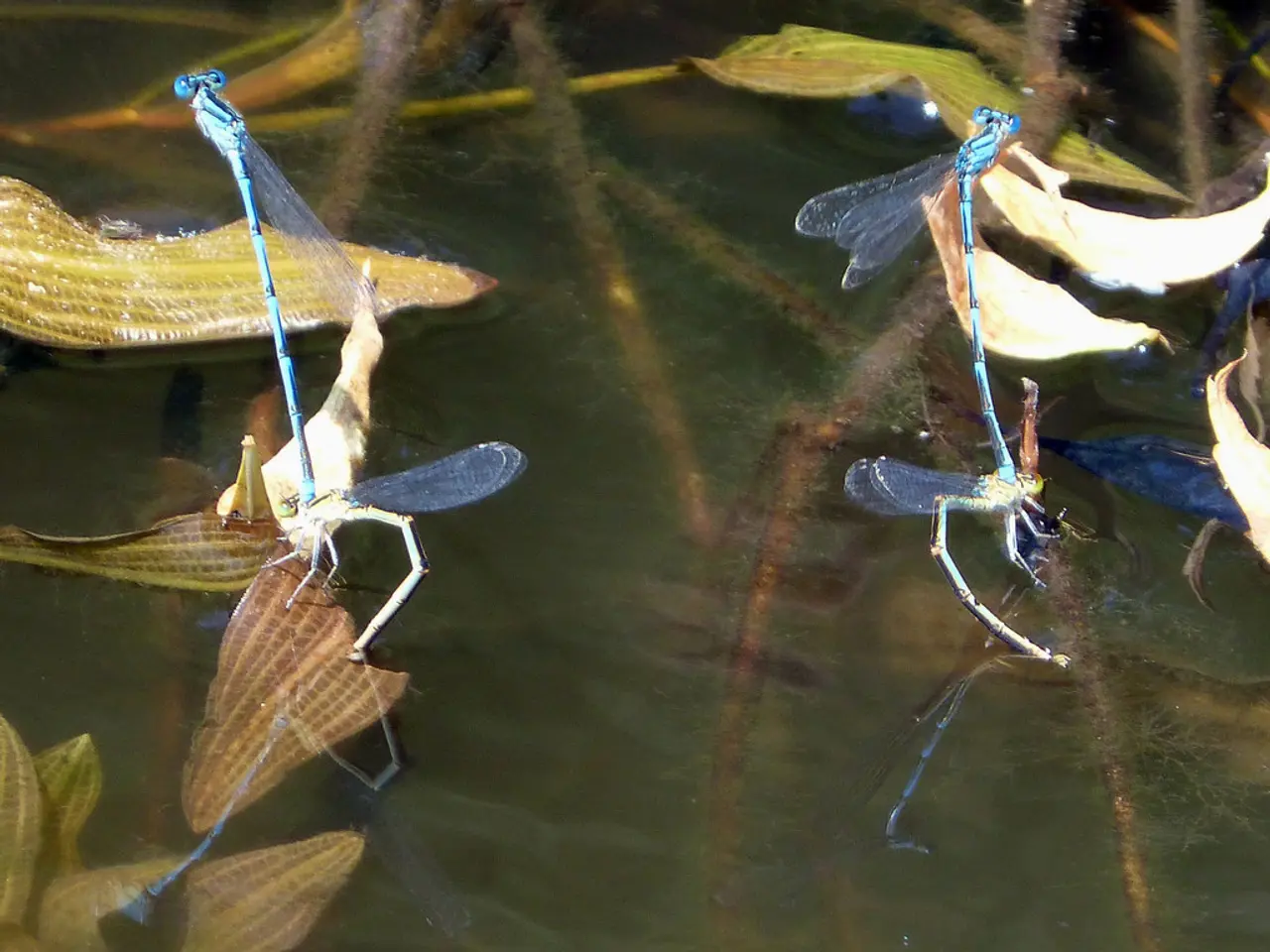Pluto's actual hue and the authenticity of the visuals depicting it are topics of interest.
In 1930, the distant and enigmatic world of Pluto was first discovered by Clyde Tombaugh, marking the final addition to our Solar System's family of planets. However, Pluto's status as a planet has since been reclassified, and it now stands as a dwarf planet.
Launched by NASA in 2006, the New Horizons spacecraft made history by providing the best images yet of Pluto and its five moons in 2015. The newly-processed versions of these images, released in 2018, revealed Pluto to be a fascinating muddle of dark and light greys and browns.
One of the most striking features revealed by these images is a vast, heart-shaped glacier of nitrogen ice that covers much of Pluto's surface. Over time, astronomers have observed Pluto shrinking, a phenomenon that continues to intrigue scientists.
Pluto's atmosphere, composed mostly of nitrogen, methane, and carbon dioxide, appears blue. The red colour of Pluto's surface is thought to be a result of the Sun breaking up hydrocarbons on the surface into compounds called tholins.
The discovery of Pluto can be compared to Shakespeare's quote "Some are born great, some achieve greatness, and some have greatness thrust upon them." Despite extensive observations, the exact constitution of the rocks beneath Pluto's surface remains unknown, as no human-made spacecraft has ever landed on Pluto, and there are currently no plans to send one.
Pluto's existence was first hypothesized in 1909 by Percival Lovell based on his observation of perturbations in the orbit of Uranus. The mass of Pluto was initially estimated to be around seven times that of Earth, but was later reduced to roughly the same mass as Earth, and by 2006 it was believed to be just 0.2% as massive as our planet.
The typical colour range of the planets in the Solar System varies due to their different surface and atmospheric compositions. Pluto, with its mix of browny red, light yellows, blues, and greys, fits into this spectrum, closely linked to its atmospheres and surface materials.
While Pluto's small size and distance make it difficult for astronomers to study, the images captured by the New Horizons spacecraft have provided a valuable insight into this distant world. As we continue to explore the cosmos, Pluto remains a testament to the mysteries that still lie within our Solar System.
[1] Source: [Link to the source] [2] Source: [Link to the source]
- The Science of Astronomy has significantly benefited from the use of telescopes, as evidenced by the discovery of Pluto in 1930 and the subsequent investigation of the dwarf planet by NASA's New Horizons spacecraft.
- Environmental Science, Health-and-Wellness, and Space-and-Astronomy all connect through Pluto, whose exotic surface and atmosphere composition continue to intrigue scientists.
- The Solar System, often studied in Environmental Science and Space-and-Astronomy, is a fascinating realm where bodies like Pluto, with its unique colors and geological features, exist.




